PEGI age ratings
Age ratings are systems used to ensure that entertainment content, such as games, but also films, tv shows or mobile apps, is clearly labelled with a minimum age recommendation based on the content they have. These age ratings provide guidance to consumers, parents in particular, to help them decide whether or not to buy a particular product for a child.
Video games are enjoyed by a very diverse group of players throughout Europe. Both children and adults, men and women, play games regularly, either on a dedicated game console, a personal computer, or a mobile device like a smartphone or a tablet.
While most games are suitable for players of all ages, others are only suitable for older children and young teenagers. A specific portion of games on the market contains content that is only appropriate for an adult audience.
The PEGI rating considers the age suitability of a game, not the level of difficulty. A PEGI 3 game will not contain any inappropriate content, but can sometimes be too difficult to master for younger children. Reversely, there are PEGI 18 games that are very easy to play, yet they contain elements that make them inappropriate for a younger audience.
PEGI is used and recognised throughout Europe and has the enthusiastic support of the European Commission. It is considered as a model of European harmonisation in the field of the protection of children.


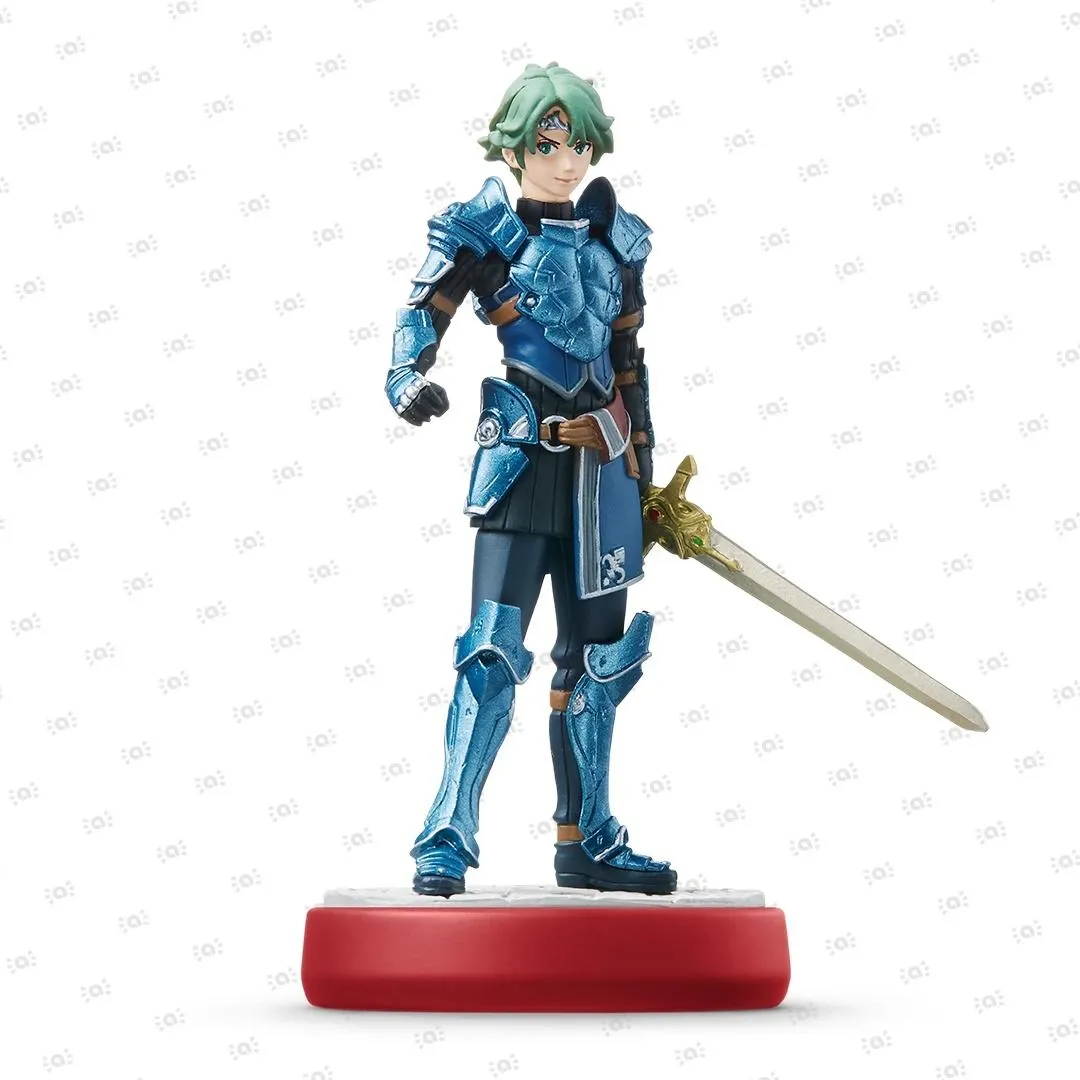 Fire Emblem Collection
Fire Emblem Collection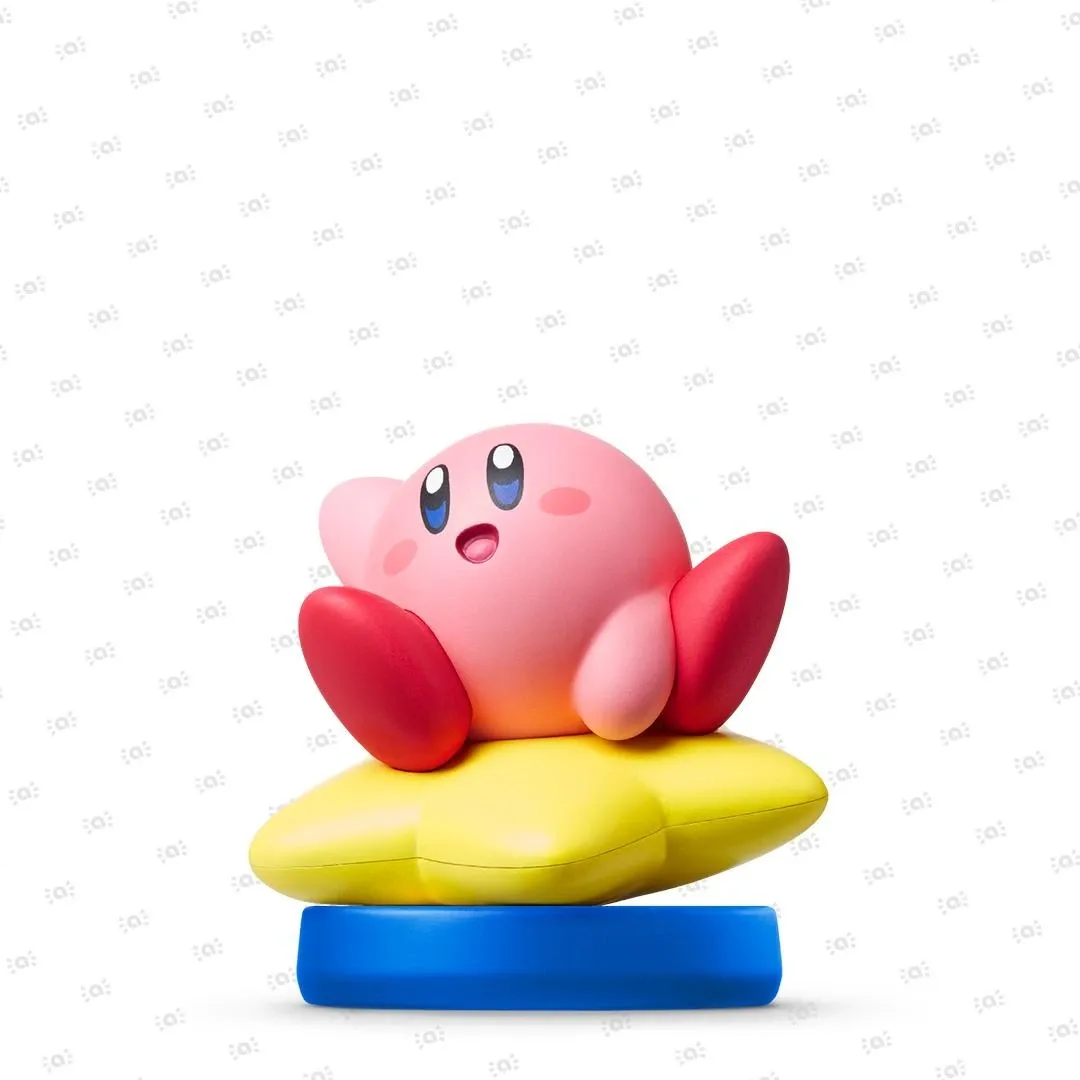 Kirby Collection
Kirby Collection Metroid Collection
Metroid Collection Splatoon Collection
Splatoon Collection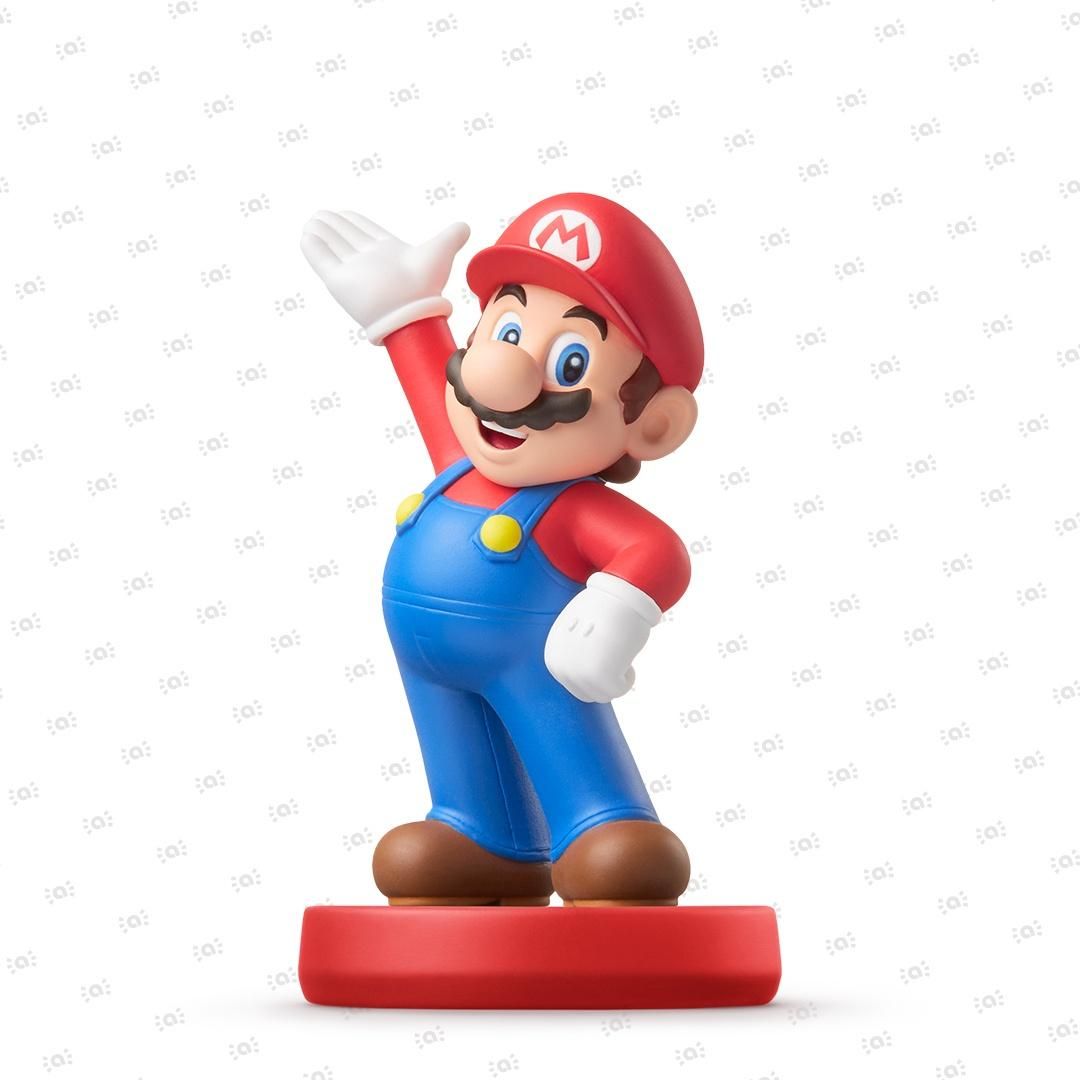
 Super Mario Bros. 30th Anniversary Collection
Super Mario Bros. 30th Anniversary Collection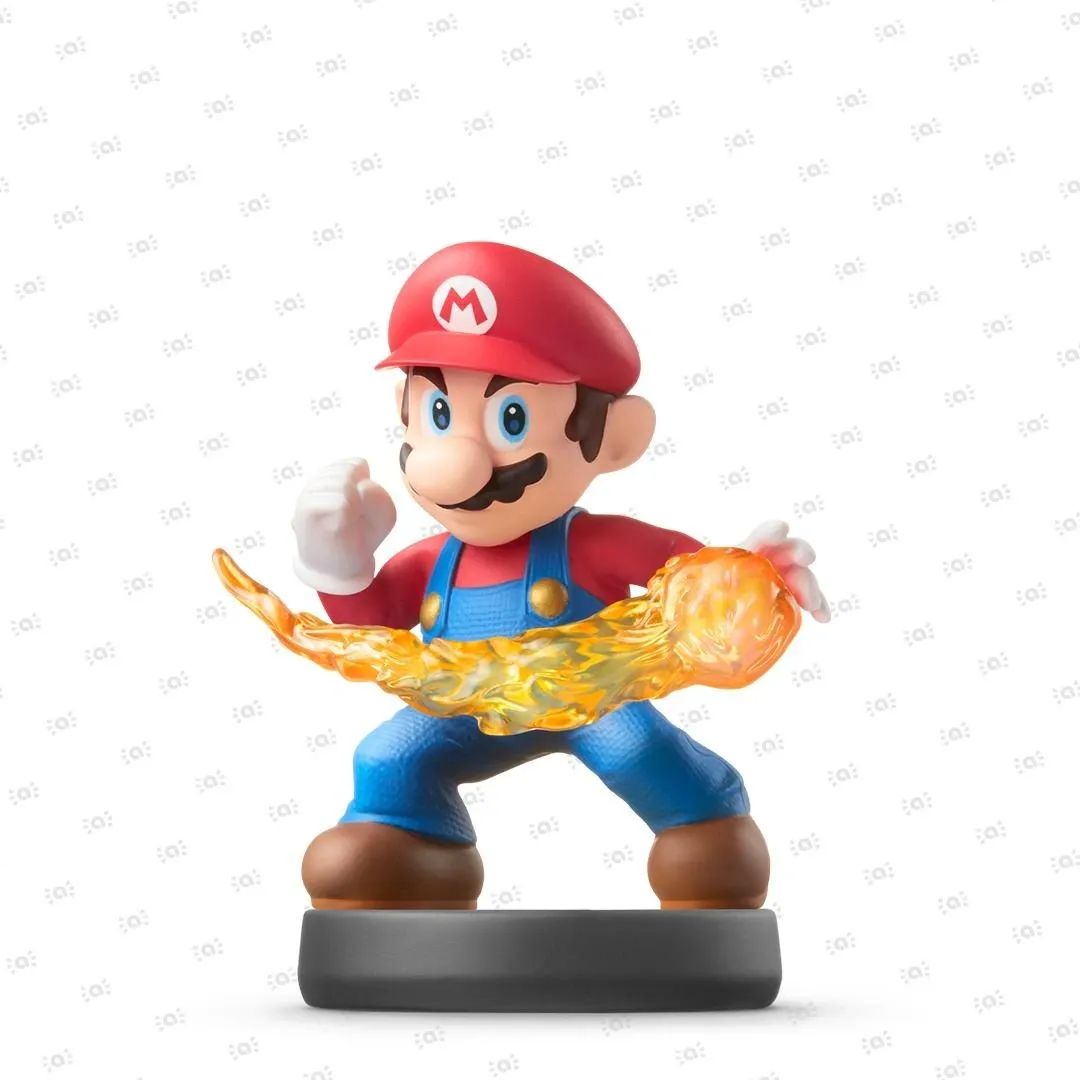 Super Smash Bros. Collection
Super Smash Bros. Collection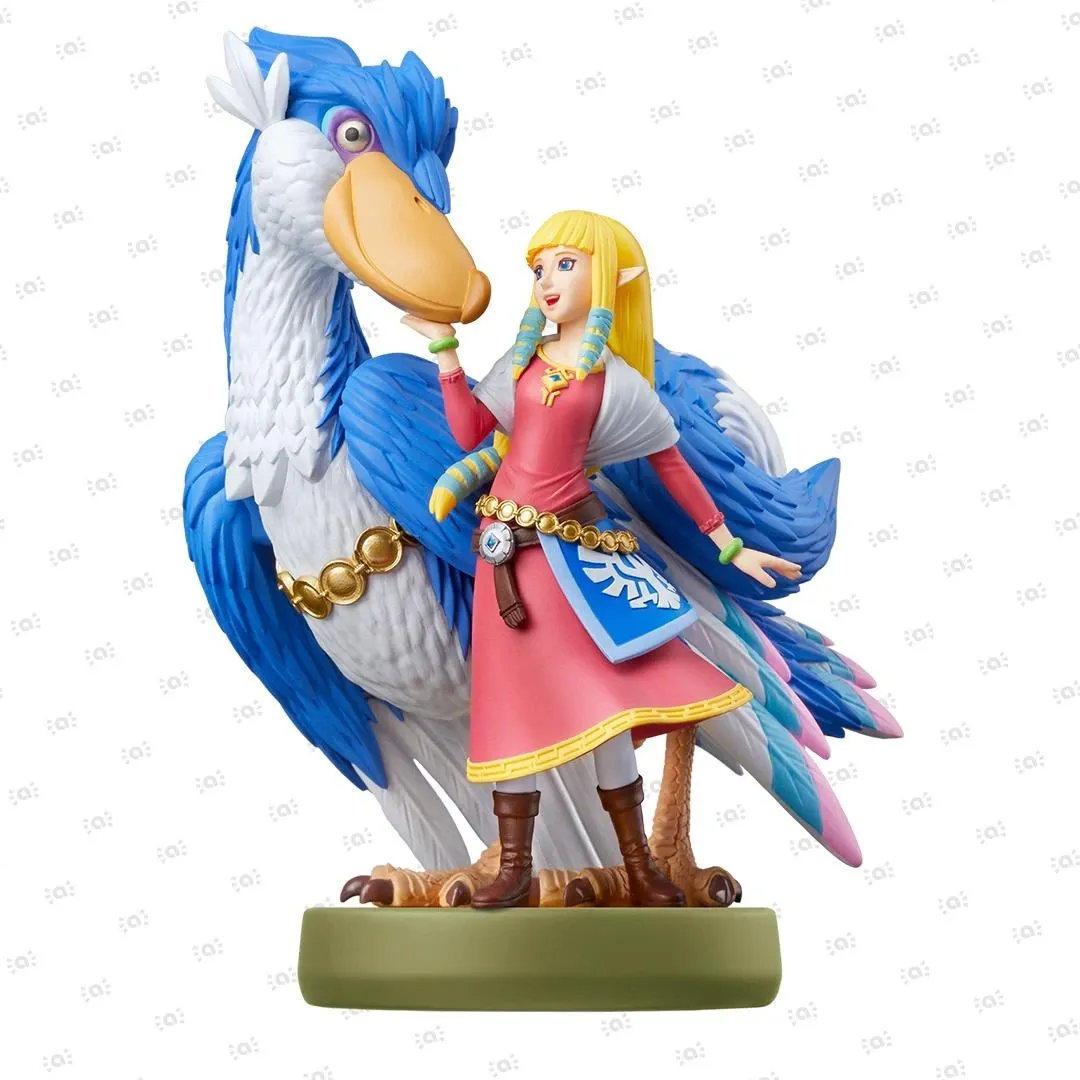 The Legend of Zelda Collection
The Legend of Zelda Collection



